Tool:
- Pressure gauge (if the pump or compressor is not equipped with one)
- Foot pump or compressor (if necessary)
- Ruler or caliper
Tire pressure
Tire life depends on correct tire pressure, driving style and other operating conditions. Tire pressures are printed on the inside of the fuel filler flap.
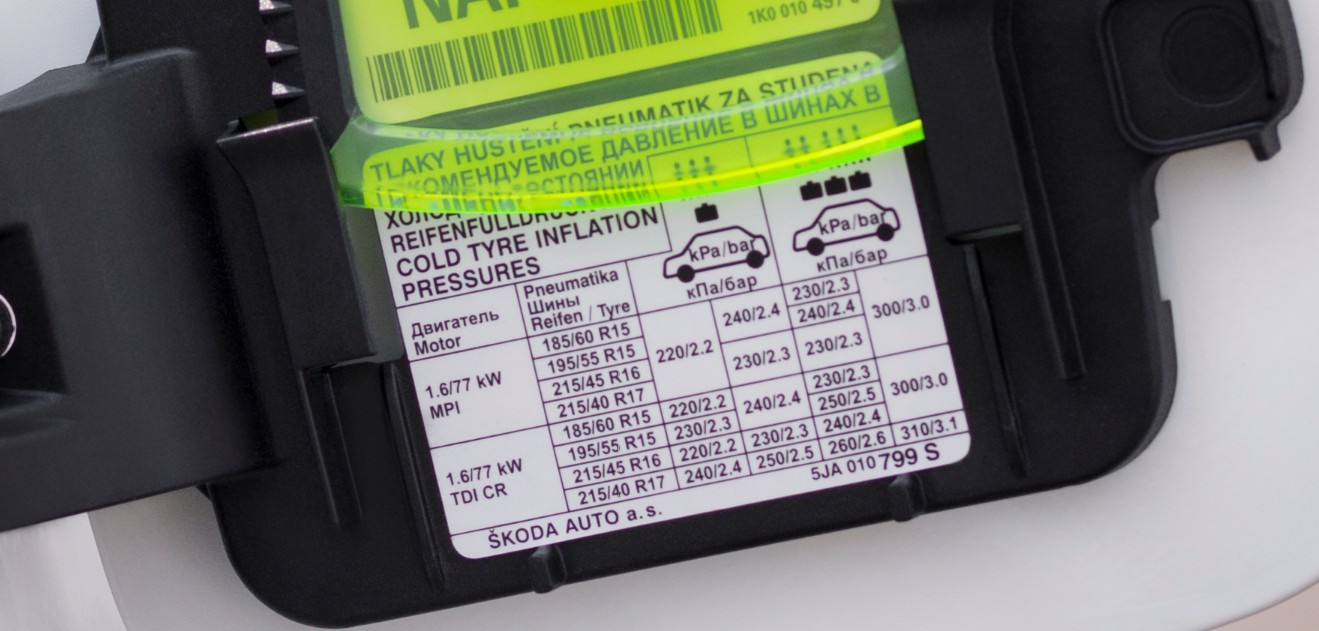
Gas tank hatch Skoda Rapid
You will also need to take note of the correct tire pressure for your particular situation - the indicated pressure has several meanings, usually depending on the size of the tires and the load on the car (number of passengers and cargo in the trunk).
Air pressure should only be checked with cold tires. The tires can be considered cold if at least three hours have passed since the car was stopped, or if after a long parking of the car you have driven a distance of no more than 1 km.
After driving a car for a distance of several kilometers, the tires have time to heat up and the air pressure in them increases by 20–30 kPa (0.2–0.3 kgf / cm2) compared to the cold state. This is not a malfunction. Do not reduce the air pressure in warm tires to bring it to the nominal value that is set for cold tires. Otherwise, the tires will run at reduced air pressure.
Inflate all tires to the prescribed pressure using a pump or compressor. Monitor pressure with built-in or separate pressure gauge.

Pressure monitoring with built-in indication system
In addition to manual control, you can also use an automated pressure control system if the vehicle has this optional system.
When changing the tire pressure, after replacing one or more wheels, when changing the position of one of the wheels on the car (for example, when rearranging the wheels between the axles) or when the warning lamp lights up while driving, you must configure the system as follows.
- Inflate all tires to the required pressure.
- Turn on the ignition
- Press the button with the flat tire symbol and hold it for more than 2 seconds (located to the left of the handbrake lever).
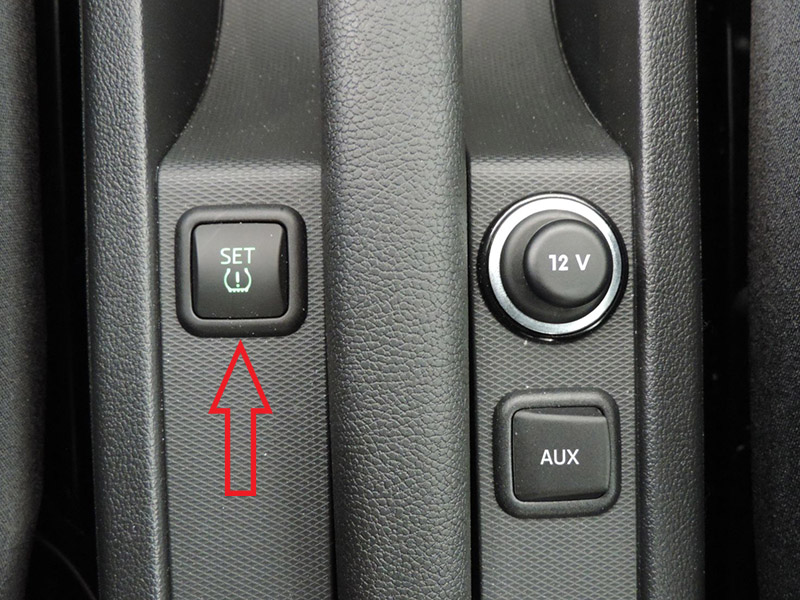
Tire pressure control button
If the tire pressure warning light does not go out after adjusting the system, the system is faulty. The flashing of the "Tire pressure" warning lamp indicates a malfunction in the system.
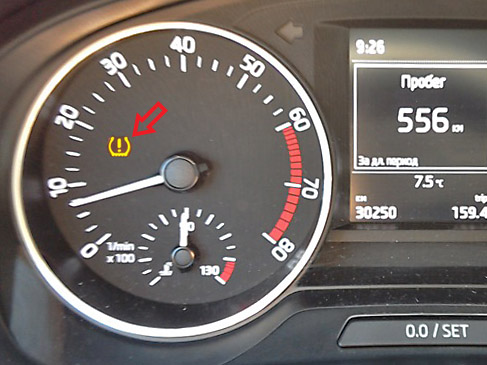
Tire pressure warning lamp
The tire pressure warning light comes on when any of the following occurs.
- Tire pressure too low.
- Tire structure damaged.
- The car has a unilateral overload.
- The wheels on one of the axles are under increased load (for example, when
towing a trailer or when driving up and downhill). - Snow chains installed.
- Spare wheel installed.
- One of the axle wheels has been replaced.
Warning:
Under certain circumstances (e.g. sporty driving, winter driving or unpaved roads), the Tire Pressure Warning Light may come on with a delay or not come on at all.
The tire pressure monitor indicator does not replace regular
tire pressure checks because the system cannot recognize a uniform loss of air pressure in the tires.
The system may not issue a warning if the
pressure drops too quickly, such as when a tire suddenly ruptures. In this case, you should carefully stop the car without sharp turns of the steering wheel and sudden braking.
Every 10,000 km or once a year, a basic setting must be carried out to ensure that the tire monitor indicator works properly.
Wheel balancing
The wheels of the new car are balanced. However, during movement under the influence of various factors, an imbalance may occur. First of all, this can be seen by the “beating” of the steering wheel.
It is advisable to carry out all work on the repair of wheels in specialized workshops. Check that the wheel is balanced after repair.
Tire damage
Curbs and other similar obstacles should only be driven slowly and at right angles to prevent damage to tires and rims. Regularly check tires and rims for damage (punctures, cuts, hernias, deformations, etc.). Remove foreign objects (such as small stones) from the grooves of the tire tread immediately.
Wheel swap
With increased wear of the tires of the front wheels, we recommend swapping them with the rear wheels according to the scheme. Then the service life of all tires will be the same. To ensure even wear of all tires and to achieve maximum service life, it is recommended to rotate the wheels every 10,000 km.
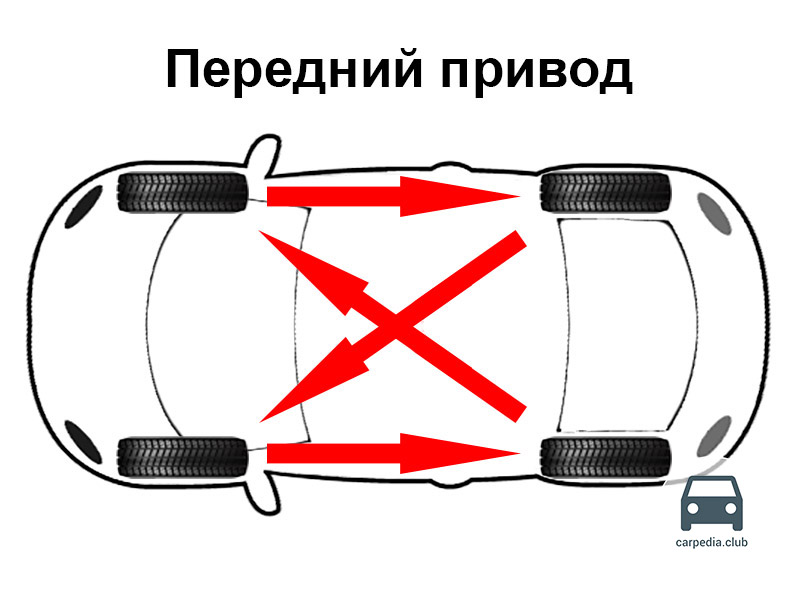
Wheel swap diagram (non-directional tire tread)
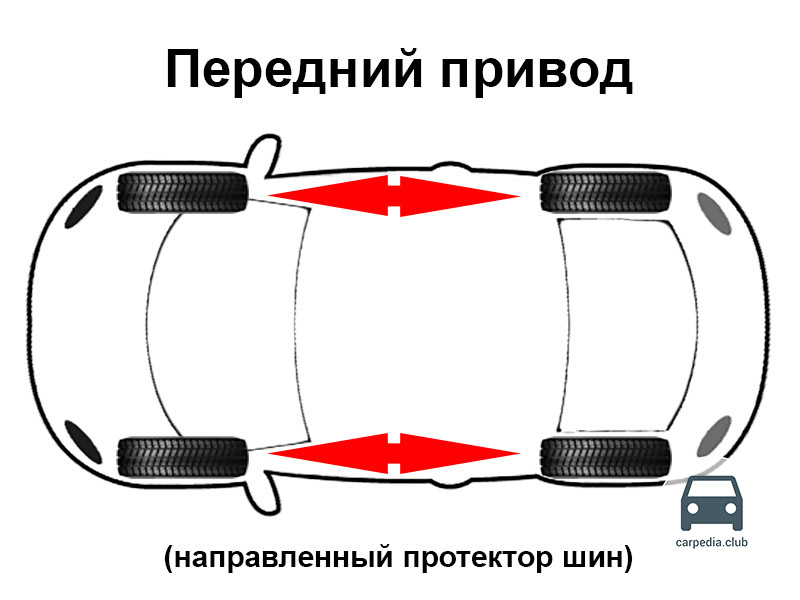
Wheel swap diagram (directional tire tread)
Tire tread wear
On the base of the tire tread there are wear indicators 1.6 mm high. Depending on the manufacturer, there may be several of these indicators on the tire circumference. A marking on the sidewall of the tire in the form of the letters "TWI", a triangle or other symbol shows the location of the wear indicators.
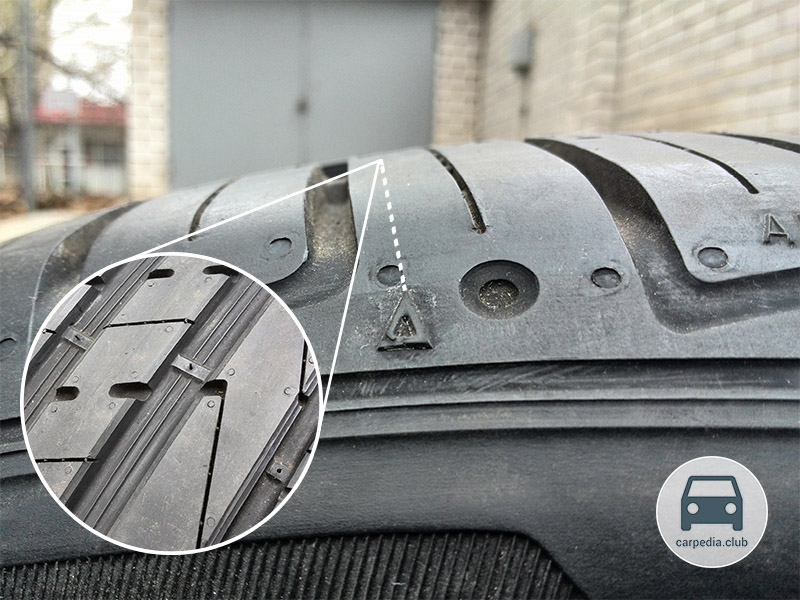
Tire wear control marks
Measure the tread depth with a ruler or caliper to know more accurately the remaining "reserve" of the tire.
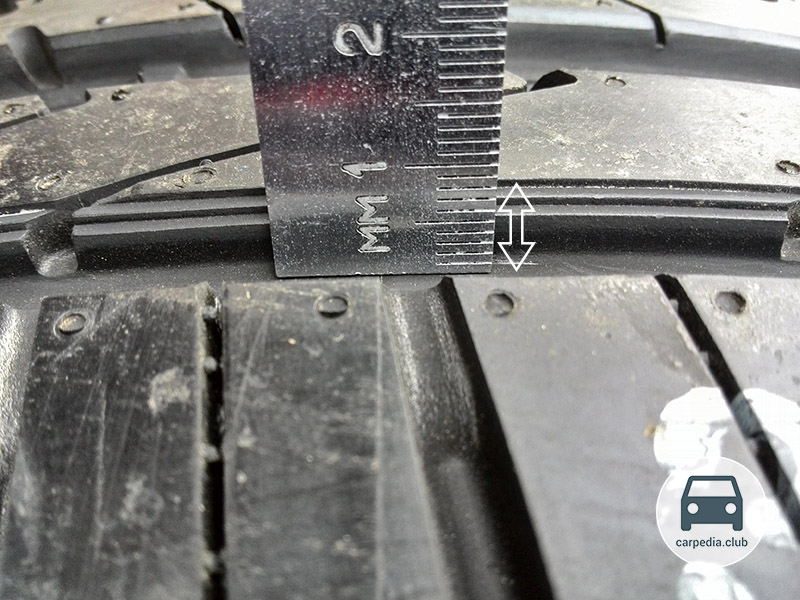
Tread Depth Measurement
Tread wear in various parts of the tire may indicate incorrect wheel alignment or incorrect tire pressure. Excessive wear on the inside or outside of the tires means they are under-inflated or the camber angles need to be checked. Excessive wear in the middle of the tire indicates an overinflated tire.
- Low tire pressure wears out the tread quickly on the sides.
- Excessive tire pressure wears out the central part of the tread.
- If the pressure in the wheels is within normal limits, but the inside of the tread is still erased, then the problem is in a faulty steering (negative toe angle).
- When the outer part of the tread is worn out, the toe angle is increased.
- With stepped wear along the inside of the tread - a malfunction in the negative camber angle.
- With stepped wear along the outer part of the tread - an excessively positive camber angle.
- If the wear is uneven and on the side - most likely, excessive clearance in the wheel bearings or wheel joints.
- If the tread wears unevenly in the center, then the wheels are most likely out of balance.
- If the so-called tongues are visible on the side of the tire, this indicates that the car's shock absorbers are worn out.
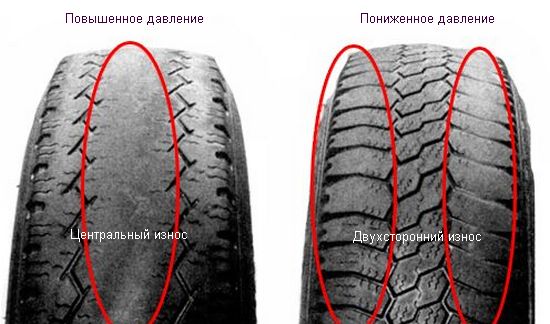
Tread wear pattern of overinflated and underinflated tires
Tire age
Tires are subject to aging and loss of original properties even when they are not in use. Therefore, it is recommended not to use summer tires older than 6 years, and winter tires older than 4 years.
The article is missing:
- Tool photo
- High-quality repair photos
Source: carpedia.club
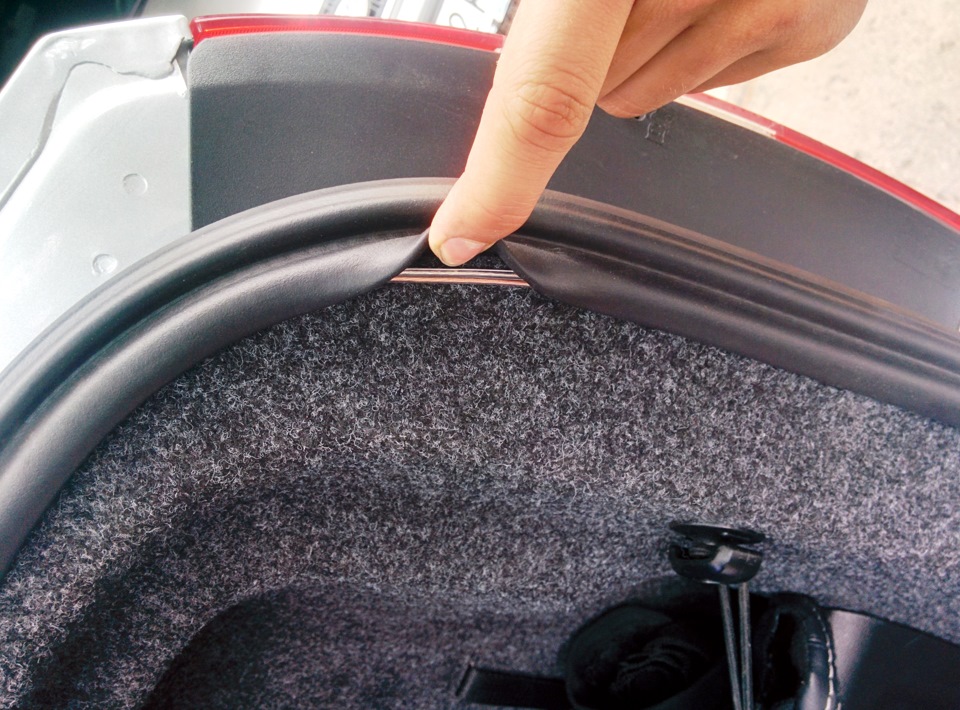
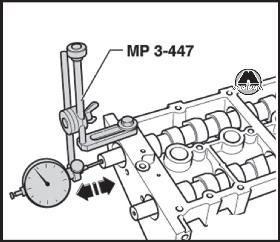
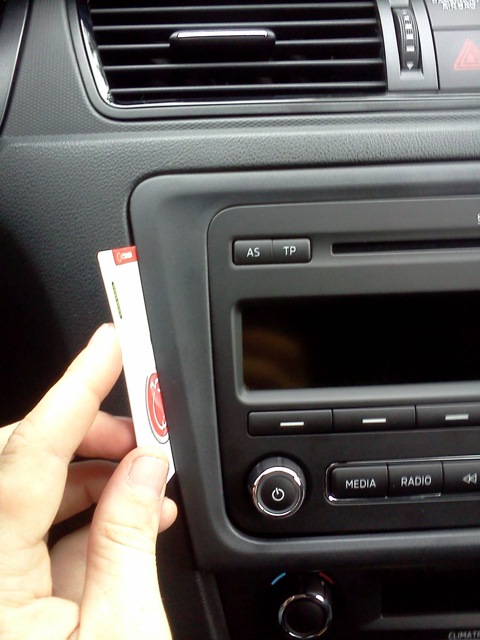
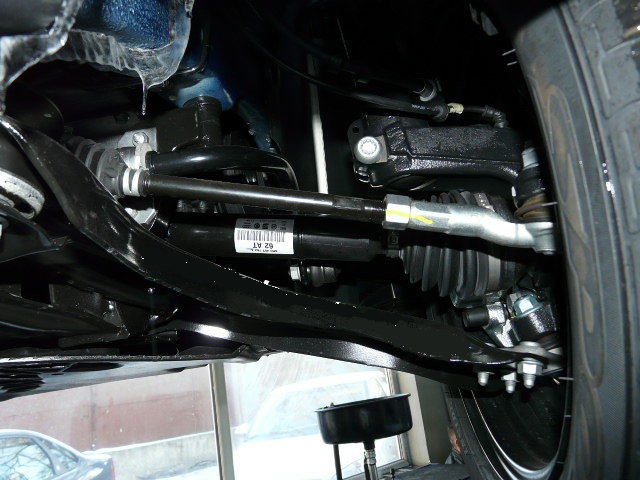
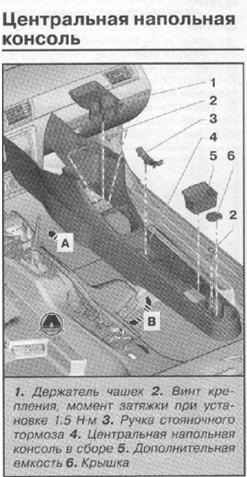
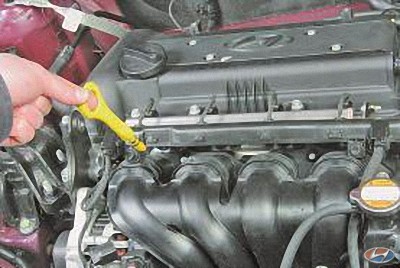
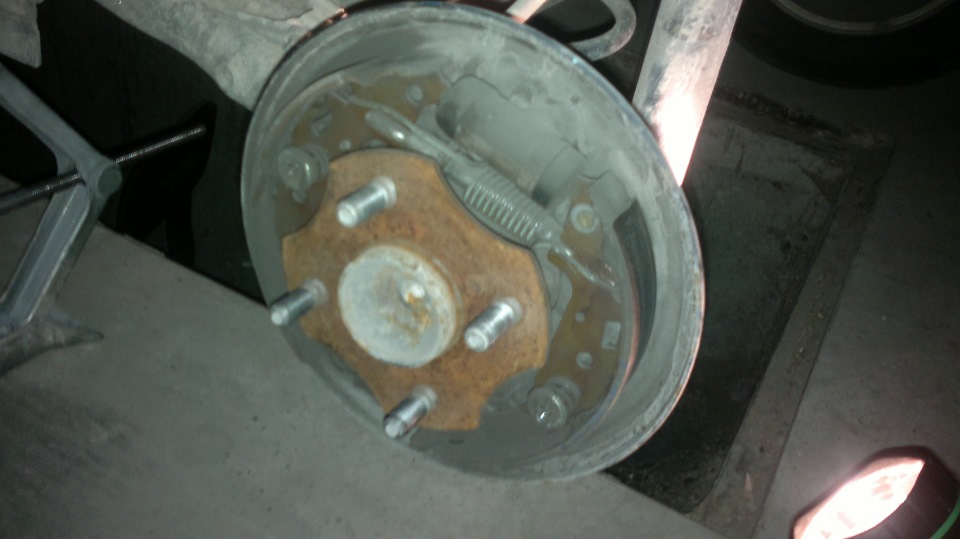
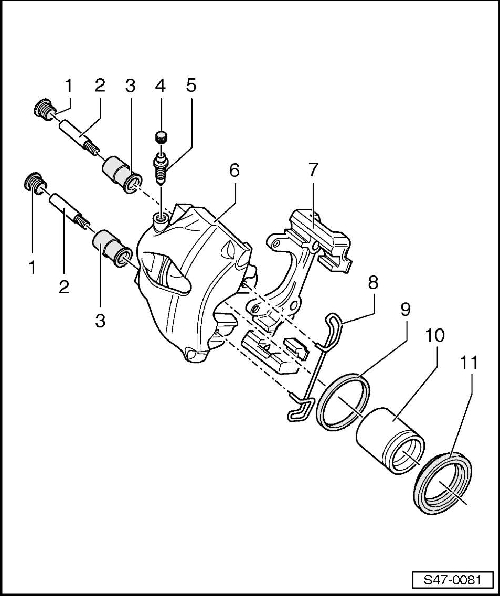
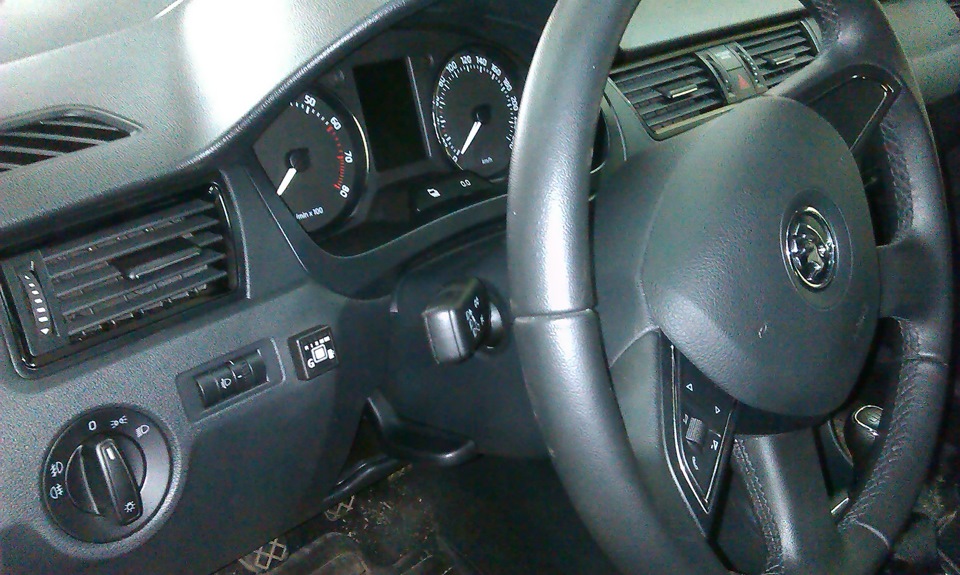
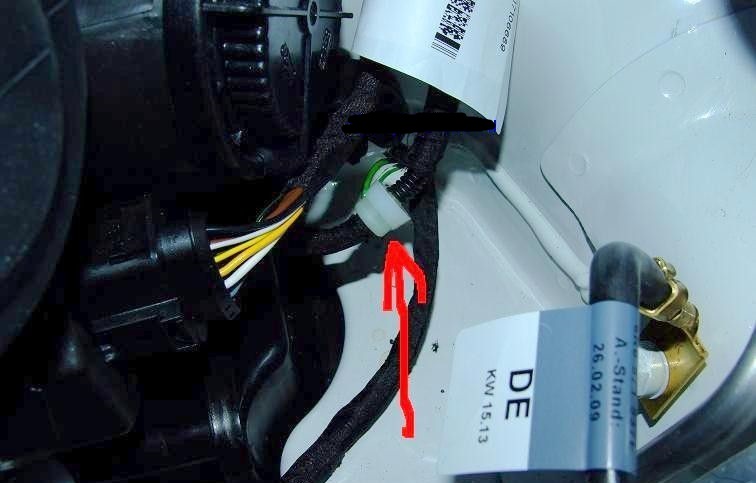
![3 generation [2012 - 2017]](/uploads/Skoda_Rapid_2012_-_2016.png)
